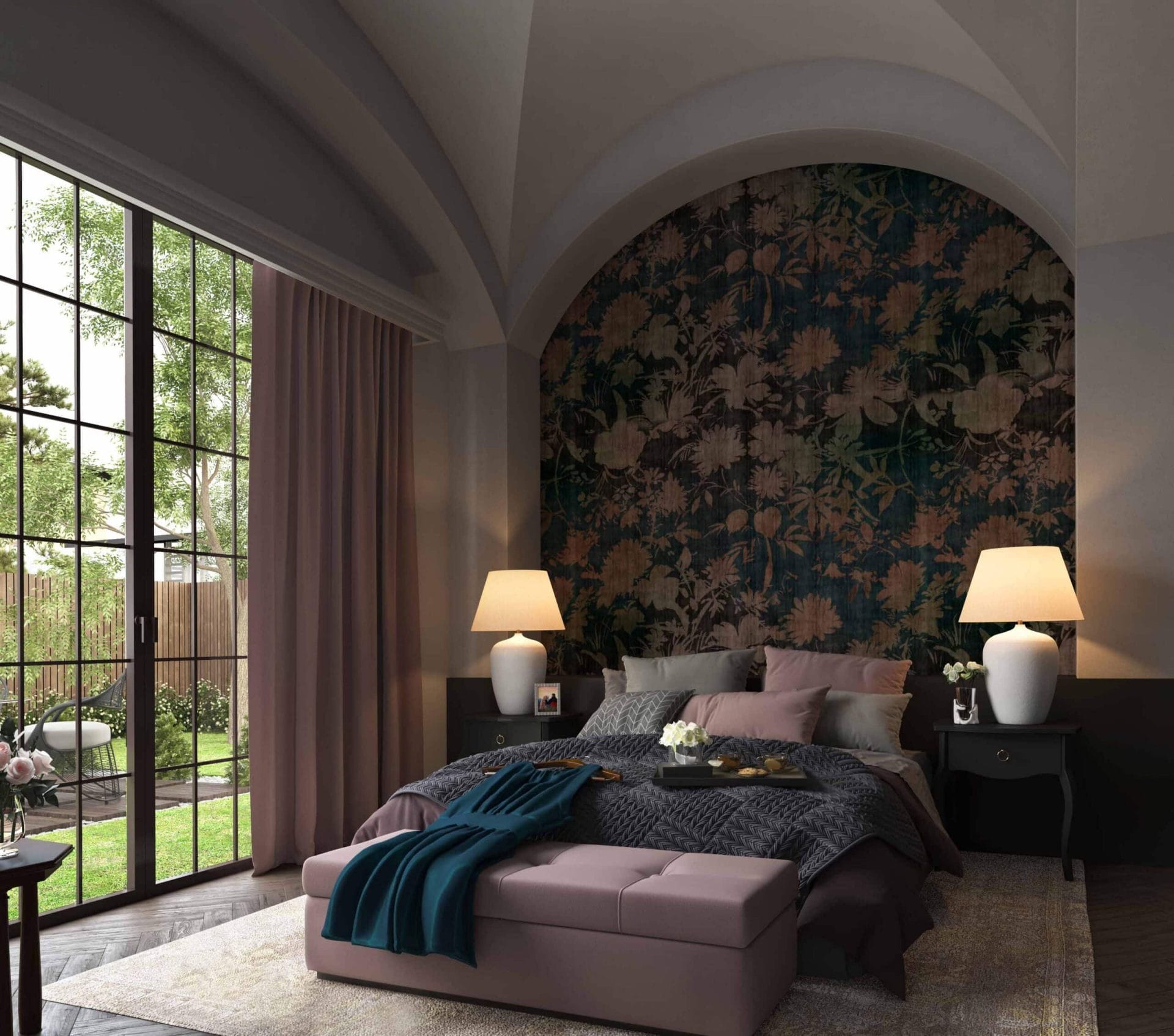Post-Covid, we will be entering a changed world, where we all need to alter the way we live and work. And as architects, we have our role cut out to pave the path for a better future that will keep us connected with Nature.
We need to exercise our control over the built environment in a dutiful manner to safeguard our environment. Architecture needs to become more responsible and holistic. We don’t have to give in to people’s insatiable appetite for meaningless luxury by compromising on the safety of our natural habitat.
Architects should, in the first place, have an in-depth understanding of how sustainable design can be achieved. Starting from space planning to designing the layout, selecting the materials and the way we use non-renewable energy – all call for careful consideration and sensitivity.
We will also see a shift in the work culture, where all kinds of wastage will be looked upon as crime. Whether it is water, energy, resources, or our privileges, we need to use everything judiciously. That will be the new psychological make-up of society.
Eco-friendly Building Layout

The layout should be planned in a way enough sunlight and air circulation are available through out the building without depending much on artificial means. Just a hundred years ago, before electricity was introduced, the central courtyard layout of our homes with rooms around it, ensured that there was natural light and ventilation across spaces. You didn’t even need an architect to build such a house. Just a local contractor who understood the climate and how to make most of the natural resources built the most eco-friendly structures. It is time for us to go back to the open plan layout wherever possible. The heavy use of glass in modern architecture further encourages use of more air conditioning and energy sources.
Henceforth, how you deal with natural resources will be your new status symbol, not how expensive a car or bag you own. Your environment consciousness and eco-friendliness will define who you are. This will be the new norm.
Recyclable Materials
Architects need to pay attention to the building materials they use, including the paints and polishes. By using recyclable and reusable materials like wood, stone, and avoiding plastic and steel, we strive to stay sustainable.
Natural Interiors

India being a tropical country with long summers, natural materials and fabrics are ideal for use in the interiors. Linen and cotton are excellent for furnishings and upholstery, and you could go for jute carpets, cotton dhurries to dress up your floors. It is important to choose paints, finishes and polishes that use less chemicals and are non-toxic.
Teaching sustainability
Architecture colleges should take lead in creating awareness about the impact of environmental degradation and how it can be controlled and reduced by following good practices. These topics and courses should be made mandatory where students deal with them in detail. And their designs should be assessed and marked on their environmental sensitivity and sustainability. They should also be trained to educate their future clients regarding good eco-friendly practices. Otherwise, some clients’ insistence on brands and luxury can throw the projects off balance, and you end up compromising on the sustainability aspect of it.
The big change, however, is possible only when all concerned, the architect, contractor, client, feel a sense of responsibility towards our natural surroundings.
While there are many traditional architectural techniques still available, they can’t be applied in urban areas where cities are growing vertically. Especially when you live on the 20th or 40th floor, that concept itself is artificial. But still, we can minimize the wastage of resources by being sensitive to our surroundings and resources by putting in place water conservation systems, rain water harvesting, use of solar energy, etc, – small measures that go a long way in keeping the project environmental friendly.
However, sustainable architecture is still a nascent concept, so further research and inquiry is essential to make it more practical and robust. For eg, many
solar lights and equipment do not function satisfactorily and there are no good after-sale service available, which discourages people from going for them.
But the post-Covid world will have to check all these bottlenecks and make these sustainable measures more functional and commercially viable.





















